



The sub-plinian eruption of Ethiopia’s Hayli Gubbi volcano sent a stratospheric ash plume toward India via subtropical jets, threatening aviation and engines. Its sulphur dioxide release may cause brief global cooling. The event highlights the need for stronger international monitoring and exposes aviation and ecosystem vulnerabilities.
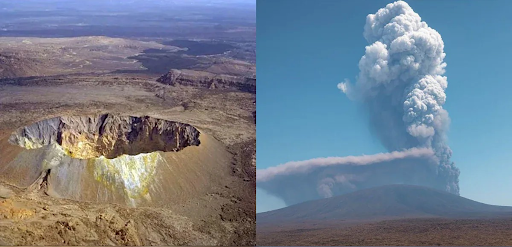
Copyright infringement not intended
Picture Courtesy: NDTV
The Hayli Gubbi volcano in Ethiopia erupted violently after lying dormant for about 12,000 years.
Hayli Gubbi is a shield volcano, characterized by its broad, gently sloping shape formed by fluid basaltic lava flows.
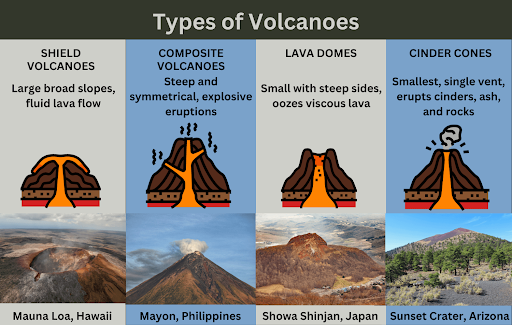
Located in the Afar Depression, one of Earth's most tectonically active rift zones, the volcano is part of the Erta Ale range, known for continuous lava activity and rift-related Ethiopia Volcano Eruption.
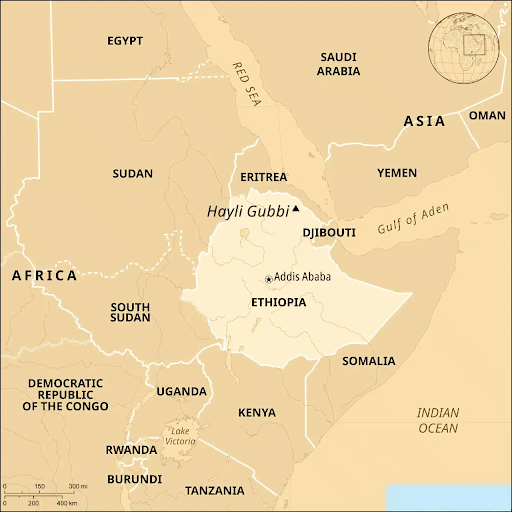
The primary driver of volcanism in the east african region is the East African Rift System (EARS), a developing divergent plate boundary where the African continent is splitting into two separate plates: the Nubian Plate (to the west) and the Somali Plate (to the east).
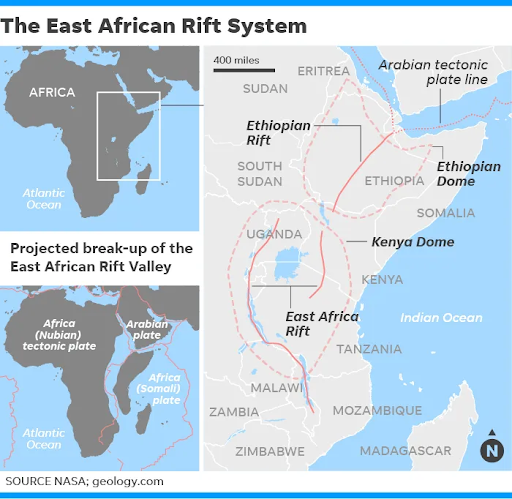
Divergent Plate Boundary: The separation of the Nubian and Somali plates thins the Earth's crust, allowing molten rock (magma) to rise to the surface easily.
Mantle Plume: A massive upwelling of superheated rock from the Earth's mantle, known as the African Superplume, is believed to be accelerating this rifting process.
Crustal Thinning: As the plates pull apart, the continental crust stretches and thins, reducing pressure and facilitating magma ascent.
Fissure Eruptions: The rifting creates long cracks or fissures in the ground, leading to eruptions that are common in this region.
The Afar region is a triple junction where three tectonic plates are pulling away from each other.
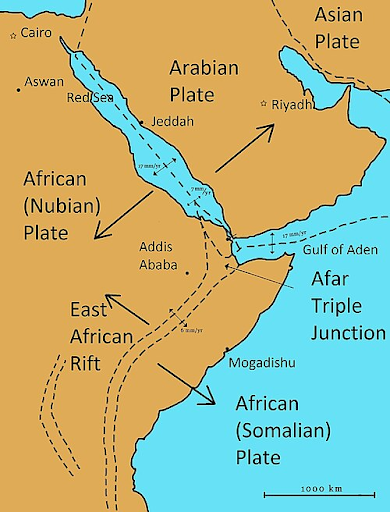
This tectonic stress makes the Afar Depression a hub of intense volcanic and seismic activity and a prime location for studying the birth of a new ocean.
Air Pollution: Eruptions release sulphur dioxide (SO₂), ash, and other aerosols, which degrade regional air quality and affect climate patterns.
Water Contamination: Ashfall pollutes surface water sources like rivers and lakes, impacting drinking water for local communities and livestock.
Agricultural Disruption: Volcanic ash damages crops and contaminates grazing lands, affecting the livelihoods of pastoralist communities in the Afar region.
Habitat Disruption: Lava flows and heavy ash deposits destroy vegetation and wildlife habitats, permanently altering the landscape.
Source: NEWSONAIR
|
PRACTICE QUESTION Q. Consider the following statements about the Hayli Gubbi volcano: 1. It is located at a convergent plate boundary where the African continent is colliding with the Arabian plate. 2. Its geographical location is within the Afar Triple Junction. Which of the statements given above is/are correct? A) 1 only B) 2 only C) Both 1 and 2 D) None Answer: B Explanation: Statement 1 is incorrect: The region is a divergent plate boundary where the African continent is splitting into two separate plates (Nubian and Somali), not a convergent boundary where plates collide. Statement 2 is correct: The provided text explicitly mentions that Hayli Gubbi's " lies in its location within a major rift zone," and lists its "Tectonic Setting" as "Located within the East African Rift System, near the Afar Triple Junction." |
The eruption is a result of its location in the East African Rift System, a divergent plate boundary where the Nubian and Somali tectonic plates are pulling apart. This activity is intensified by its position at the Afar Triple Junction and the presence of a deep mantle plume, which provides a large magma supply.
Volcanic ash is extremely dangerous for aircraft. Its tiny, sharp particles can melt inside hot jet engines and form a glassy coating that blocks airflow, leading to engine failure. The ash is also abrasive, damaging cockpit windows and flight control sensors, and it is not detectable by standard weather radar.
The eruption was powerful enough to send ash 45,000 feet high into the atmosphere, where it was caught in the subtropical jet streams. These are fast, high-altitude air currents that act like an atmospheric river, carrying the ash cloud eastward across the Arabian Peninsula and into Indian airspace.






© 2025 iasgyan. All right reserved